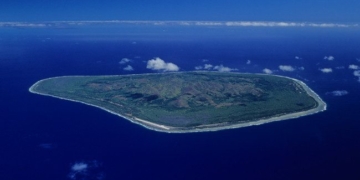“Living fossils” refer to species that have not undergone significant evolution over millions or hundreds of millions of years, maintaining an appearance that closely resembles their fossilized ancestors.
While they may have evolved in some genetic aspects, they tend to remain anatomically unchanged, according to Live Science.
1. Goblin Shark
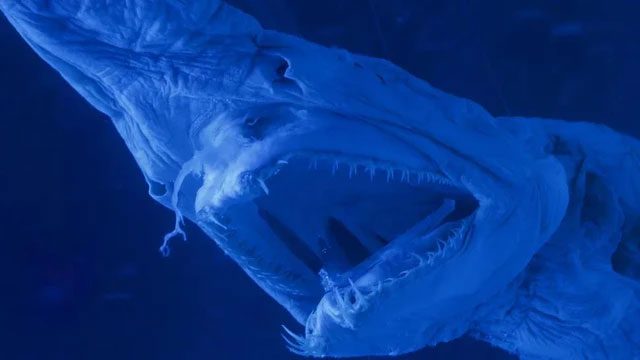
Goblin Shark – (Image: LIVE SCIENCE).
With an appearance truly deserving of its name, this creature inhabits the Pacific, Atlantic, and Indian Oceans, retaining its bizarre look since it first appeared 125 million years ago.
It possesses unique adaptability, which has allowed it to become a powerful predator and survive multiple mass extinction events.
2. Horseshoe Crab
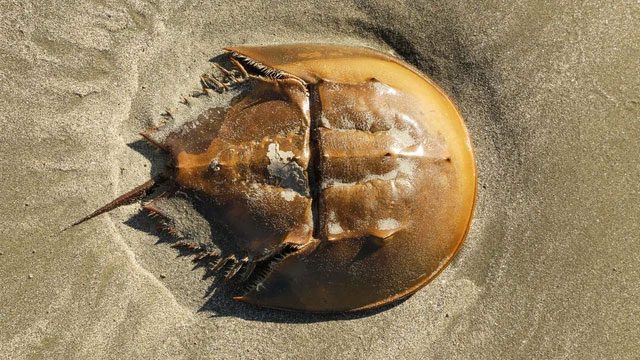
Horseshoe Crab – (Image: LIVE SCIENCE).
This 300-million-year-old species looks nothing like any common crab you would buy for cooking; rather, it resembles ancient creatures from long-ago geological eras.
Although it is called a “crab,” this creature, older than dinosaurs, is more closely related to spiders and scorpions.
3. Platypus
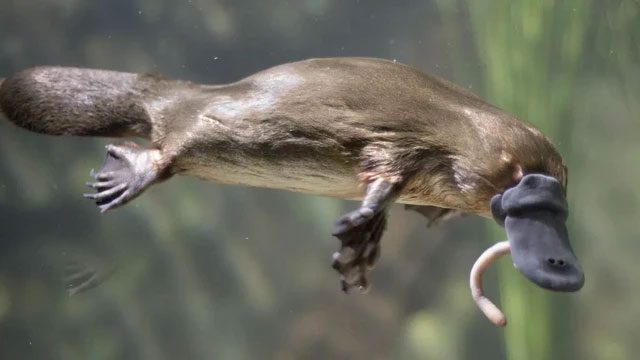
Platypus – (Image: LIVE SCIENCE).
This odd creature is a living fossil that is 110 million years old, originating in the Cretaceous period, which was also the golden age of dinosaurs.
According to a study published in the journal Nature, the genetic makeup of the platypus includes a combination of mammal, bird, and reptile traits.
4. Komodo Dragon
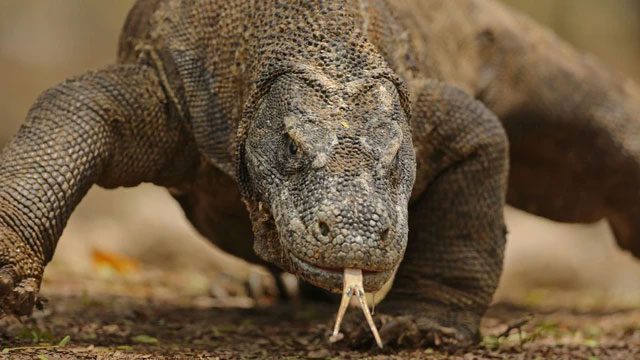
Komodo Dragon – (Image: LIVE SCIENCE).
This iconic animal of Indonesia has maintained its fearsome appearance since it first appeared in what is now Australia around 100 million years ago.
It remains the dominant predator today, having outlived its contemporaneous neighbors—the long-extinct dinosaurs. It can consume up to 80% of its body weight in one meal, and it is massive: reaching lengths of 3 meters and weighing 150 kg.
5. Cockroaches
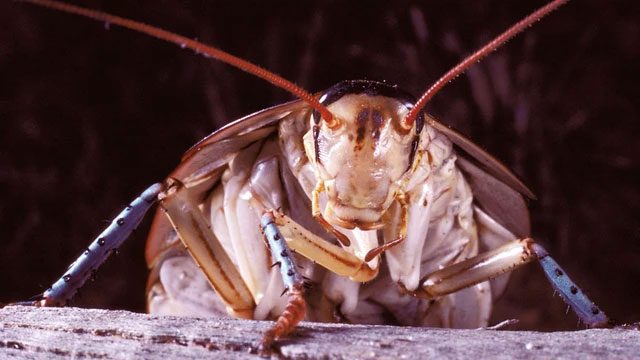
Cockroach – (Image: LIVE SCIENCE).
Sadly, the creature you tirelessly try to eliminate from modern homes is an “immortal” lineage, older than the dinosaurs.
They have retained a similar shape to their modern form and have survived many mass extinctions. Additionally, this lineage now boasts around 4,000 species, all bearing similar features to their early ancestors!
6. Neopilina
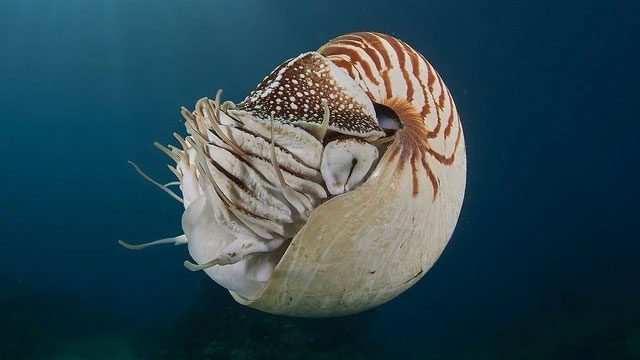
Neopilina – (Image: LIVE SCIENCE).
You might quietly think this strange snail resembles those depicted in illustrations from the Cambrian period’s “biological explosion.” You are correct; it is the oldest living fossil in the world, a remaining ancestor from the Cambrian period (approximately 541 to 485 million years ago).
This era marked the beginning of the Paleozoic Era, a geological phase that ended tens of millions of years before dinosaurs emerged (the last period of the Paleozoic Era is the Permian period, around 299-252 million years ago).
Today, Neopilina resides in the Pacific and Indian Oceans.

















































